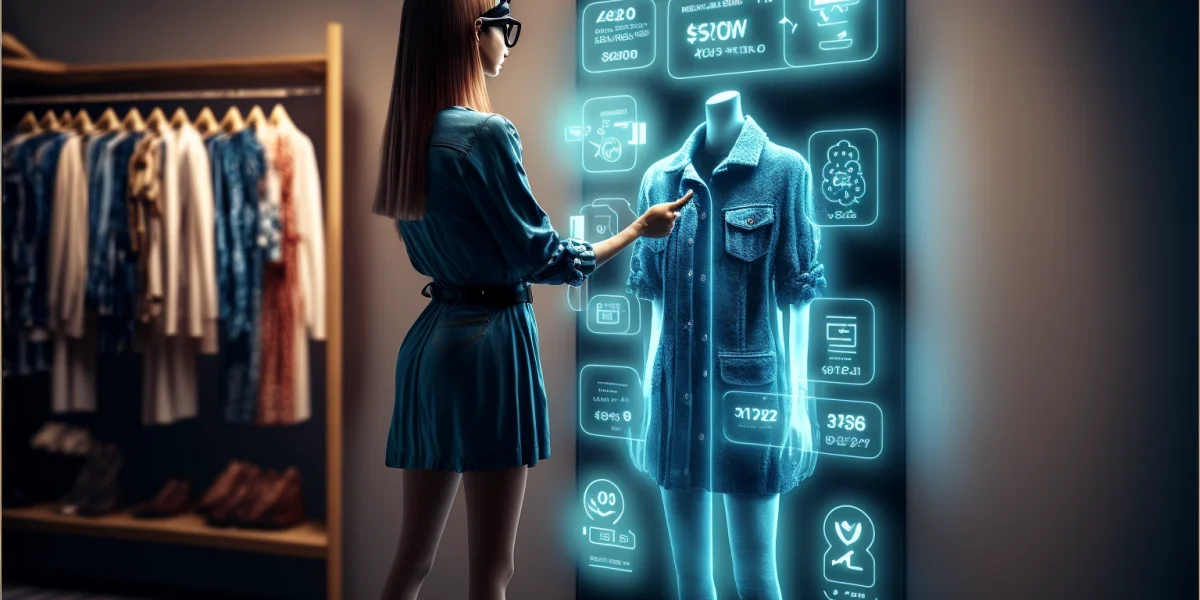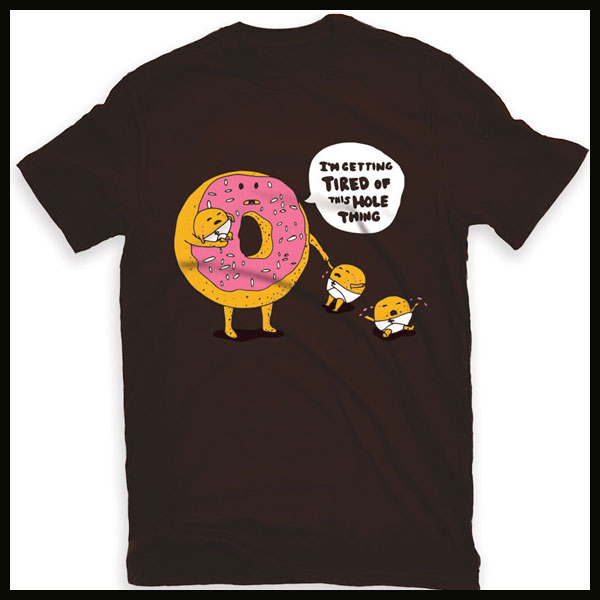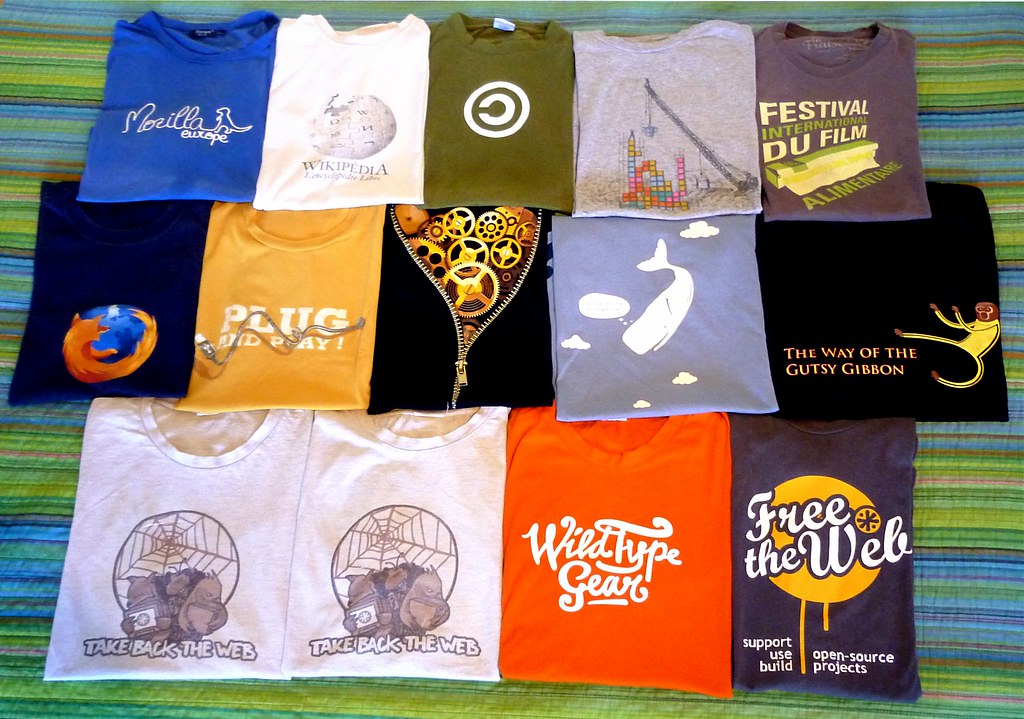Medellín is known for its stunning landscapes, innovative culture, and emerging fashion scene. Once recognized mainly for its industrial roots, the city has transformed into a hub for creatives, designers,

The Influence of AI on Graphic Tee Design: The Future of FashionThe Influence of AI on Graphic Tee Design: The Future of Fashion
Artificial intelligence is revolutionizing multiple industries, and fashion is no exception. From automated textile production to predictive trend analysis, AI is transforming how apparel is designed, manufactured, and sold. One

The Psychology of Graphic Tees: What Your T-Shirt Says About YouThe Psychology of Graphic Tees: What Your T-Shirt Says About You
Graphic t-shirts are more than just casual wear—they are a powerful form of self-expression. Whether you wear a band tee, a political slogan, or a minimalist design, your choice of

The Evolution of Graphic Tees: From Counterculture to Mainstream FashionThe Evolution of Graphic Tees: From Counterculture to Mainstream Fashion
Graphic t-shirts have long been a canvas for self-expression, rebellion, and identity. Once a staple of underground movements and subcultures, they have evolved into a global fashion essential, worn by
